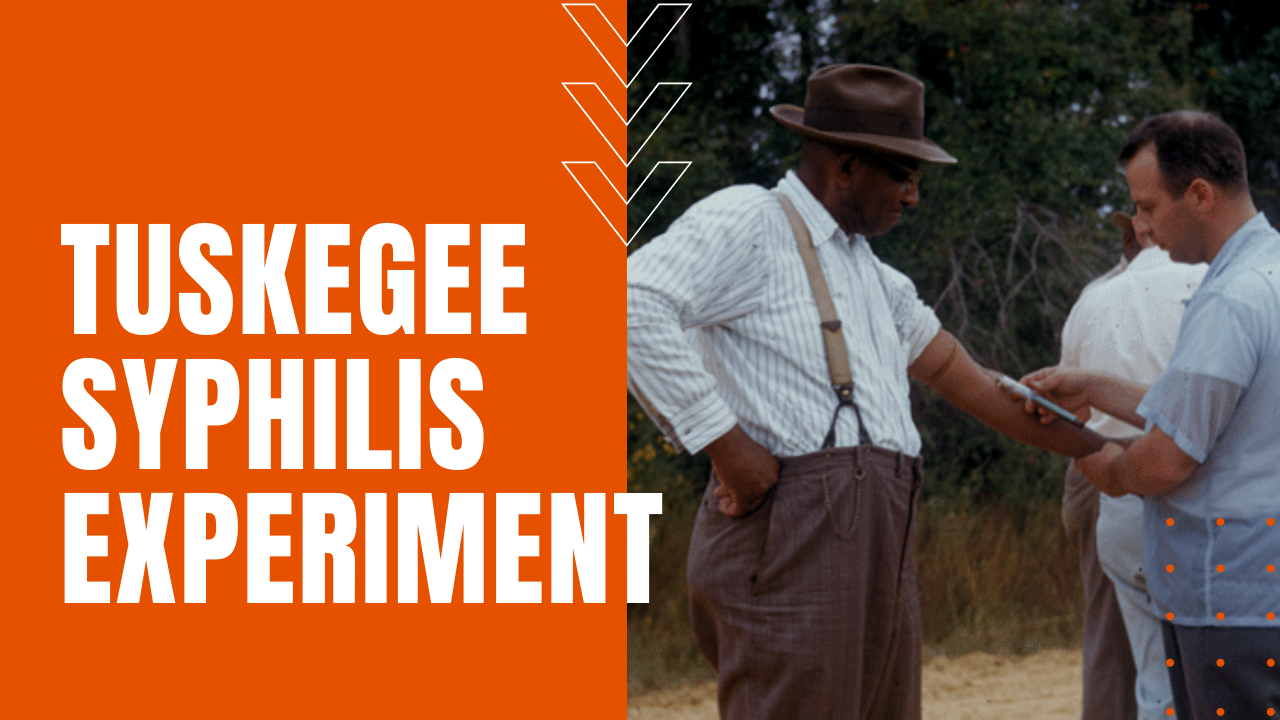The Tuskegee Syphilis Experiment

From 1932 to 1972, the Tuskegee Syphilis Experiment was a study conducted by the U.S. Public Health Service designed to study and observe the natural progression of humans infected with untreated syphilis.
Conducted entirely on poor, uneducated African American men in and around Tuskegee Alabama, the study was run in collaboration with Tuskegee University (then known as the Tuskegee Institute), which enrolled 600 African American sharecroppers from Macon County Alabama, including 399 men with latent syphilis and a control group of 201 men who were syphilis-free.
Deception in Tuskegee by Public Health Service
As an incentive for participation in the study, the men were promised free medical care but were deceived by the U.S. Public Health Service, who disguised placebos, ineffective methods, and bogus diagnostic procedures as effective treatment options.
The men who had syphilis were never informed about their diagnosis (despite the risk of infecting others), and they were never informed that the disease could lead to blindness, deafness, mental illness, heart disease, bone deterioration, central nervous system failure and death.
Instead, the men were told they were being treated for “bad blood,” which was a southern colloquialism used to describe anemia and fatigue. After the introduction of penicillin in 1947, now the standard treatment for syphilis, none of the study participants were given the anti-biotic, while scientists further prevented study participants from accessing syphilis treatment programs available to other residents in Macon County.
After the unethical study was exposed by cub Associated Press reporter, Jean Heller, the American public was outraged to learn about numerous syphilis-related deaths in the infected study group, along with 40 wives who contracted the disease and 19 children born with congenital syphilis.
The egregious breach in ethical standards led to major changes in U.S. law and regulations concerning the protection of participants in clinical studies, as well as the establishment of the Office For Human Research Protection.
